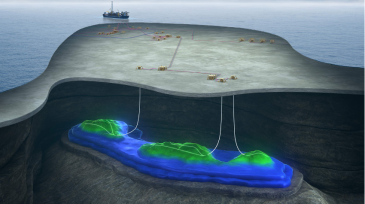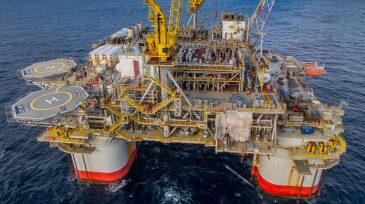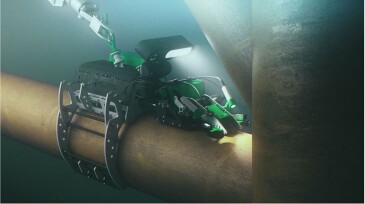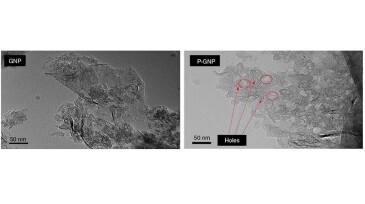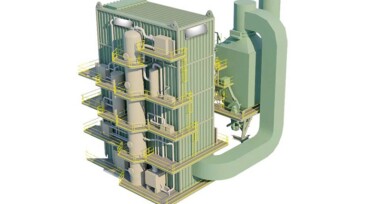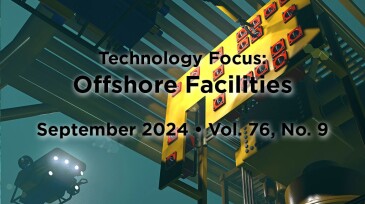Onshore/Offshore Facilities
Vår Energi ASA and partners have officially sanctioned the Previously Produced Fields Project in the Greater Ekofisk Area. The redevelopment is expected to add high-value barrels starting in 2028, extending the production life of one of Norway’s key offshore regions.
Sponsored
As HPHT wells push equipment to the edge of material limits, operators are turning to advanced thermoplastics and sealed electrical assemblies to maintain system integrity. From ESP insulation to BOP control systems, the right component design can prevent failures, lower intervention costs, and extend equipment life in the harshest offshore environments.
The new development is estimated to hold 46 million bbl of recoverable oil and is planned to start up in late 2028.
-
The traditional method of inspecting tanks puts workers in danger. Using robots instead can keep workers out of harm’s way.
-
Subsea tieback in the Central North Sea expected to produce 20,000 BOED at peak, boosting output to Alvheim FPSO.
-
The two projects at the Jack/St. Malo and Tahiti deepwater facilities are expected to recover millions of additional barrels of oil equivalent.
-
This paper describes a workflow that has been established to calculate the value of reservoir surveillance in producing gas fields based on established value-of-information methods.
-
This paper presents an automated underwater robot and a nondestructive testing eddy-current probe for alternating-current field measurement analysis of jacket main welds.
-
This study proposes graphene nanoplatelets as a preflush system to extend the lifetime of a conventional scale-inhibitor squeeze treatment.
-
The goal of the project described in this paper was to test the added value of shear-wave velocity interpreted from underwater multichannel analysis surface waves, particularly as a propagation tool of geotechnical information.
-
This paper describes the design of compact carbon-capture modules, including post-combustion CO₂ removal process technology, for applications on offshore facilities.
-
Since the late 1930s, the offshore industry has advanced from the first platform in 14 ft of water to the ultradeepwater 20K era. Driven by seismic, drilling, and development breakthroughs, the industry has pushed into deeper waters, high-pressure reservoirs, and new frontiers like Guyana, continually expanding the limits of offshore exploration.
-
Offshore wind power involves generating electricity from wind farms located at sea. Because wind speeds are generally higher offshore than on land, these farms produce more electricity for the same amount of installed capacity. Both wind and solar energy are renewable and do not emit carbon, which helps reduce dependence on fossil fuels such as oil and gas.





